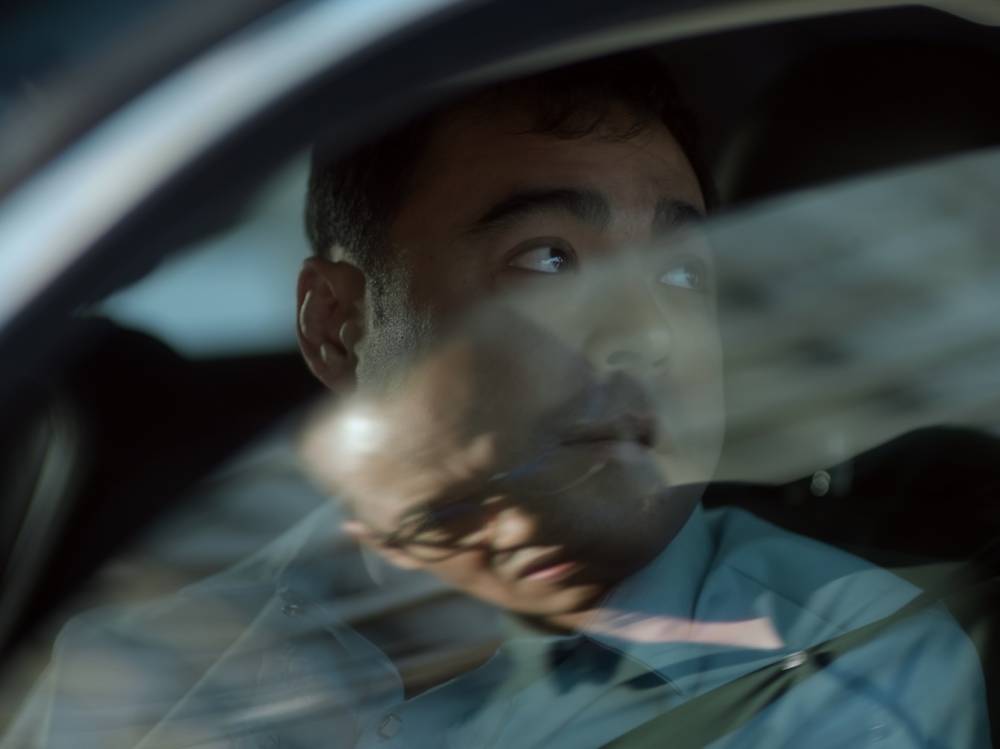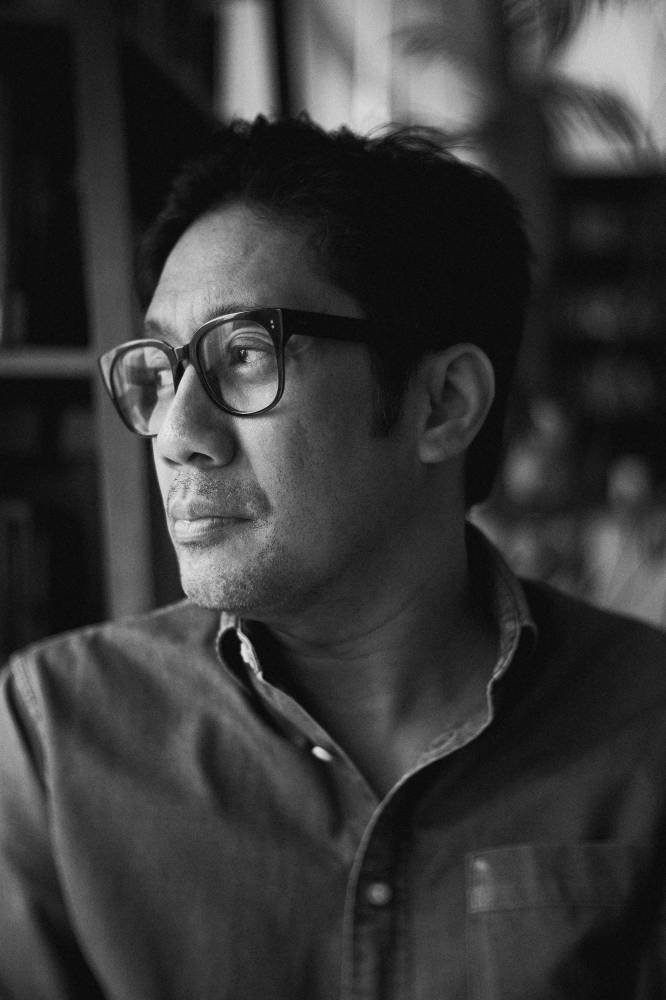How a ‘quiet’ film like ‘An Errand’ becomes a loud voice for the powerless

For Elora Españo, who plays one of the main characters in the movie “An Errand,” working with director Dominic Bekaert and writer Angelo “Sarge” Lacuesta was like reading a choose-your-own-adventure gamebook series.
Nanding Josef meanwhile likened it to dealing with two “psychologically violent” artists attempting to tell a story that’s “very quiet, but with inner turmoil.” He also said it felt like he was being directed by the late National Artist for Film Lino Brocka, “but in a different way.”
“An Errand” is a day in the life of Moroy (Sid Lucero), who works as driver for a shady character referred to in the film only as Sir (Art Acuña). Moroy is instructed to retrieve a gift given to Sir by his mistress, Brenda (Elora), all the way in Manila and bring it to Baguio. In another story strand, we see Moroy waiting in the driver’s lounge while listening to another driver (Nanding) retell the unusual story of Rex (Eric Kelly), a driver of a local politician.

–ZOOPRAXI STUDIO
“I really liked working on the material. It feels like reading a choose-your-adventure book. We were given freedom when it came to portraying our characters,” Elora told Inquirer Entertainment in a recent interview. “One time, Sarge, our assistant director, and I had a discussion about power dynamics. We often describe a mistress as an object of desire. Here, she is a symbol for something else. We will show a different view on a woman’s ability, not necessarily to manipulate, but also to inspire a man.”
Nanding agreed with Elora, and added: “We worked with two intelligent artists. Elora is correct with her use of the word ‘free’ to describe what it was like to work on this. They would explain what’s happening, but in the end, they would leave you to your own interpretation. After that, they would look at each other and whisper, ‘’Yon na!’”
He continued: “My realization is that our director and writer are psychologically violent, and that this is a very quiet film, but there’s turmoil inside. I can relate to how the driver feels because I also come from a poor background. The lines I was told to say were often not easy to say, like when I had to borrow money from my employer to pay for my grandchild’s tuition. What’s more painful was that my character was snubbed. That was a difficult scene for me.”

–ZOOPRAXI STUDIO
Nanding is the film’s narrator, “the voice of people who are powerless,” he observed. “Sometimes, you will hear people brag about being the driver of this senator or that president. That’s the person’s way of saving himself from feeling bad about what he does. Also, I felt like I was directed by Lino in a different way.”
Meanwhile, Sarge believes that “it is the responsibility of Philippine cinema to tell Filipino stories the way it is.” He explained: “You tell it not to make pornography or be didactic, but to show it the way it is so that people will understand. I’m thankful to Tata Nanding for recognizing the way Dom directed the film. There’s a lot of Lino Brocka in us. Brocka was the champion of the labor group. We cannot help but be in his shadow when we shoot something like that. We will always proceed from him.”
Dominic, who is debuting as a full-length feature director via “An Errand,” described working with this particular cast as “seeing different colors that fuse and work together.” He then recalled the day they did a “chemistry test” between Art and Sid, as well as when Elora arrived as they were looking for the actress to play Brenda.

–ZOOPRAXI STUDIO
Sarge said Elora offered a portrayal of Brenda different from the idea they had in their heads. “First of all, it’s difficult to cast a mistress. Here, you will see that the ‘kabit’ is an empowered woman. She is the one who has control. Already on the first reading, Elora showed a side of the mistress that’s very motherly. We both thought: ‘’Yan ang kabit! ‘Yan ang lover!’ You want her to take good care of you. It all felt so real.”
Dom said Nanding “really gave the beat and the talk of the film. Compared to Sid, who has very few lines, Tata Nanding’s character has the most. He really takes his time with the lines, owns them, and brings them to life.”
The film is based on a short story Sarge wrote for his collection titled “Coral Cove and Other Stories.” Dominic, a noted audiovisual director, had asked the former to turn it into a script. The project eventually became an entry—with Sarge as grantee—to the 20th edition of the Cinemalaya Philippine Independent Film Festival, which starts on Aug. 2.

–ZOOPRAXI STUDIO
Sarge admitted that crossing over to filmmaking took some getting used to. “I always knew that I had to prove myself to myself, not necessarily to everybody. Collaborating with others is a major adjustment. If you’re a writer, you’re just by yourself. In my case, I collaborated with a team and I appreciated their input. You don’t feel that when you’re writing. Yes, I will always feel like fish out of water in the film world.”
Being part of Cinemalaya also meant attending a three-month mentorship program, where Sarge said he learned so much. “Also, I didn’t feel like I was too old to go back to college. I was welcomed. We treated each other as equals—the more experienced directors and the new ones.”
While doing his first full-length feature, Dominic said he had to remind himself every day that “it’s a marathon and not a sprint.” He explained: “To be sure of yourself every day was the hardest for me. The other thing I was afraid of was that I was used to working with a small team, one that’s very nimble and agile. We could change things on the fly. I’m lucky that this team was open to work that way, and that we were able to pull it off.”
















